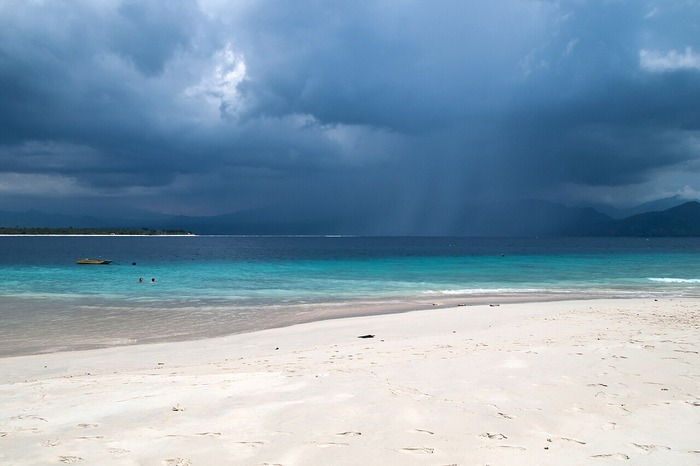The average interval between two storms is projected to decrease from 19 to 12 years
Climate change has increased the frequency of extreme weather events, like tropical cyclones. A new study, published in Nature Climate Change, revealed that the rapid change in frequency and intensity of tropical cyclones may alter the composition of the ecosystems themselves – another effect of climate change. This could potentially degrade the services that cyclones provide for coastal ecosystems.
Titled ‘Tropical cyclone risk for global ecosystems in a changing climate’, the study delves into which regions are at increased risk of facing frequent tropical cyclones. The regions are classified into three distinct ecoregions – dependent, resilient and vulnerable.
The study found that in total, 9.4% of the surface of all terrestrial ecosystems is susceptible to transformation due to cyclone pattern changes between 1980–2017 and 2015–2050.
Increasing frequency of cyclones
According to the study, even the most resilient ecosystems experiencing wind speeds more than 60 metres/second regularly, the average interval between two storms is projected to decrease from 19 to 12 years – close to the recovery times of cyclones.
This causes a major shift in the coastal ecosystems, as they provide a range of services, including erosion prevention, clean water provision and carbon sequestration, said the study.
Also, the species which are the building unit of ecosystems have evolved with the geoclimatic conditions at that location, in turn, adapting to the average climatic conditions like temperature and precipitation, as well as floods, wildfires or tropical cyclones.
According to the study, climate change is rapidly modifying the climatic conditions, leading to further shifts in suitable conditions for a large number of species among insects, vertebrates and plants. The shifting abiotic conditions can in turn change the fundamental compositions of larger ecosystems, which can change their functioning.
The study found that a change in frequency and intensity of extreme weather events can lead to faster changes in ecosystems. Also, climate change is expected to modify the intensity and frequency of tropical cyclones and their geographical impacts in non-trivial patterns, said the study.
The effect of cyclones can be quite damaging, including defoliation, canopy damage, which, while accompanying heavy rain can cause landslides, soil erosion and nutrient loss. Storms can also bring large amounts of saltwater to coastal freshwater and terrestrial ecosystems disrupting habitats.
Focus on long-term recovery
The study found that tropical cyclones can alter the structure and composition of ecosystems, change the habitat quality for animal species and lead to mortality or displacement of biota, causing local loss of biodiversity.
It cited the example that extreme weather events account for 11% of global mangrove forest loss between 2000 and 2020.
The study advocates considering multi-year shifts in coastal ecosystem trajectories to grasp the immensity of frequent extreme weather events, beyond simply considering immediate damages in the aftermath of a storm. Instead, it pushes for not focusing on tropical cyclone impacts from immediate damage, but on long-term natural recovery cycles.
About The Author
You may also like
Air Pollution is Changing the Lightning Patterns in India, Study Finds
Temporary CO2 Removal Will Help Offset Methane Emissions: Report
Rise in Fossil Fuel Burning is Making Floods Lethal in Asia
Heatwaves Drove 9% of India’s Power Demand in the Summer of 2024
World Off-Track on Climate Goals as Temperatures are Predicted to Rise: Report

